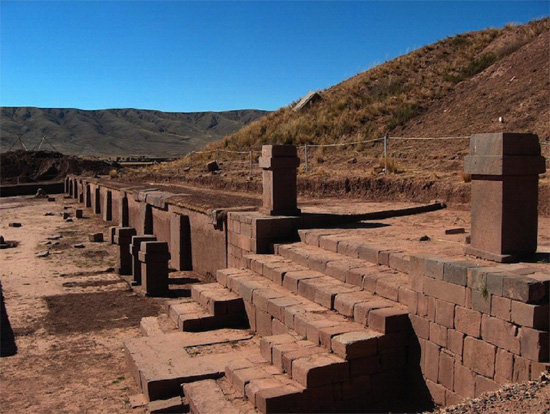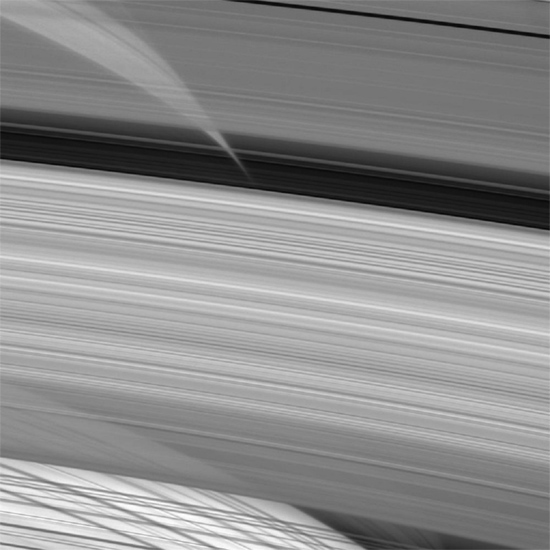Saturn’s Translucent Rings
Two for One
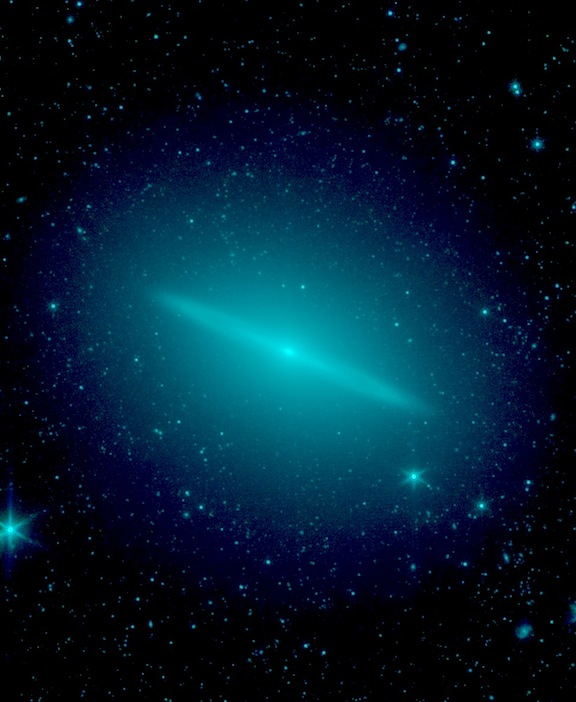
Oct 04, 2012 The Sombrero galaxy appears to be a giant elliptical galaxy with an embedded disk. One of the most significant contributions to plasma cosmology comes from Dr. Anthony L. Peratt, a plasma physicist and protégé of the Nobel laureate Hannes Alfvén. Peratt studied plasma formations in the…
Focusing on Fusion

Oct 03, 2012 Thermonuclear fusion reactions from deep in the core are said to drive the Sun. Hypothetically, how does the Sun produce heat and light enough to sustain life on Earth at a mean distance of 149,476,000 kilometers? According to spectrographic analysis, the Sun is composed primarily of hydrogen…
Cosmic Ions
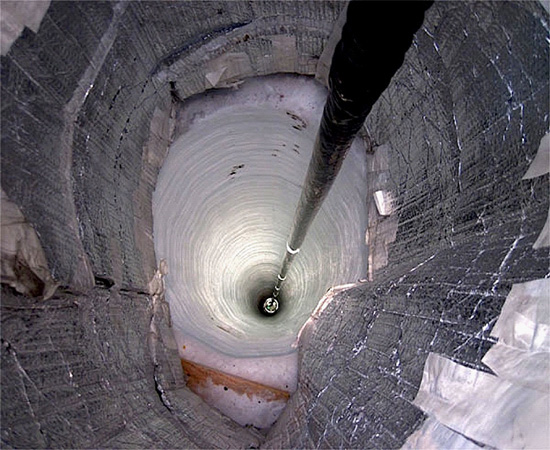
Oct 02, 2012 New studies suggest that the origin of the strongest cosmic rays is still mysterious. Cosmic rays are energetic ions from space that arrive in the Sun’s local neighborhood traveling at extremely high velocities. About 90% of all cosmic rays are single protons, or hydrogen nuclei, followed…
A New Comet
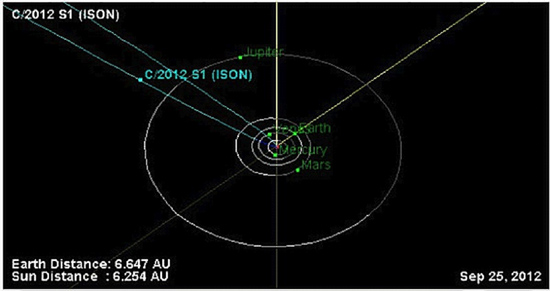
Oct 01, 2012 Are comets “dirty snowballs”? Comet 2012 S1, an object approximately three kilometers in diameter, is presently inside the orbit of Jupiter. It is “remarkably bright” according to astronomers, although it is still millions of kilometers from the Sun. Since it is so bright already, it has been…
Truth Is What You Make Of It

Sep 28, 2012 Astronomical research in the virtual realm instigates foregone conclusions. “It is only because the majority opinion will always be opposed by some that our knowledge and understanding progress.” — Friedrich Hayek The most important issue separating the Electric Universe from conventional views is that evidence based…
Dark and Dead
Frost and Brimstone
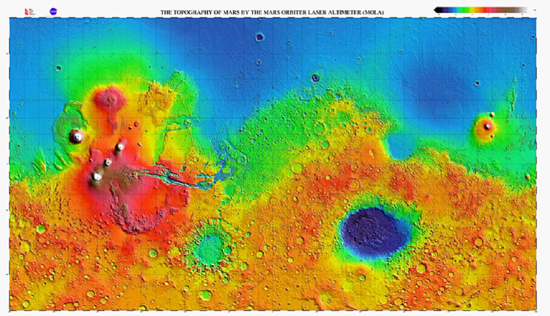
Sep 26, 2012 Did sulfurous compounds from ancient volcanoes help warm up Mars and form the now extinct Martian oceans? Speculations about the existence of liquid oceans on Mars have been around for centuries. The Mars Science Laboratory, known as Curiosity, is currently seeking evidence for that conjecture. Images…
Spider Bites
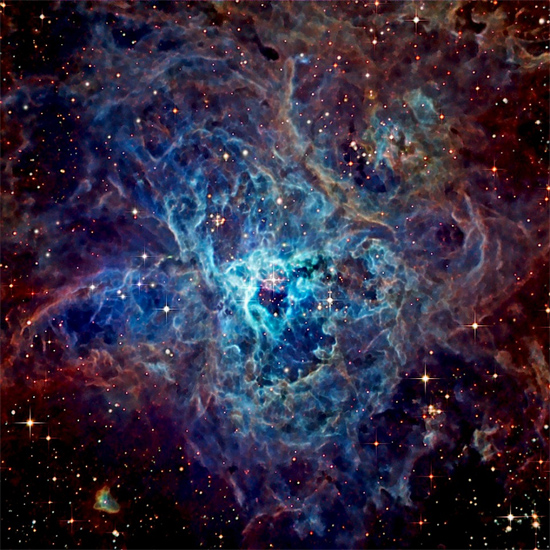
Sep 25, 2012 Luminous nebulae confirm Electric Universe theory. 30 Doradus, otherwise known as the Tarantula Nebula, is a large glowing region in one of the closest galaxies to the Milky Way, the Large Magellanic Cloud. A well-known supernova, 1987a, exploded near the edge of the nebula. The Tarantula Nebula gets…





